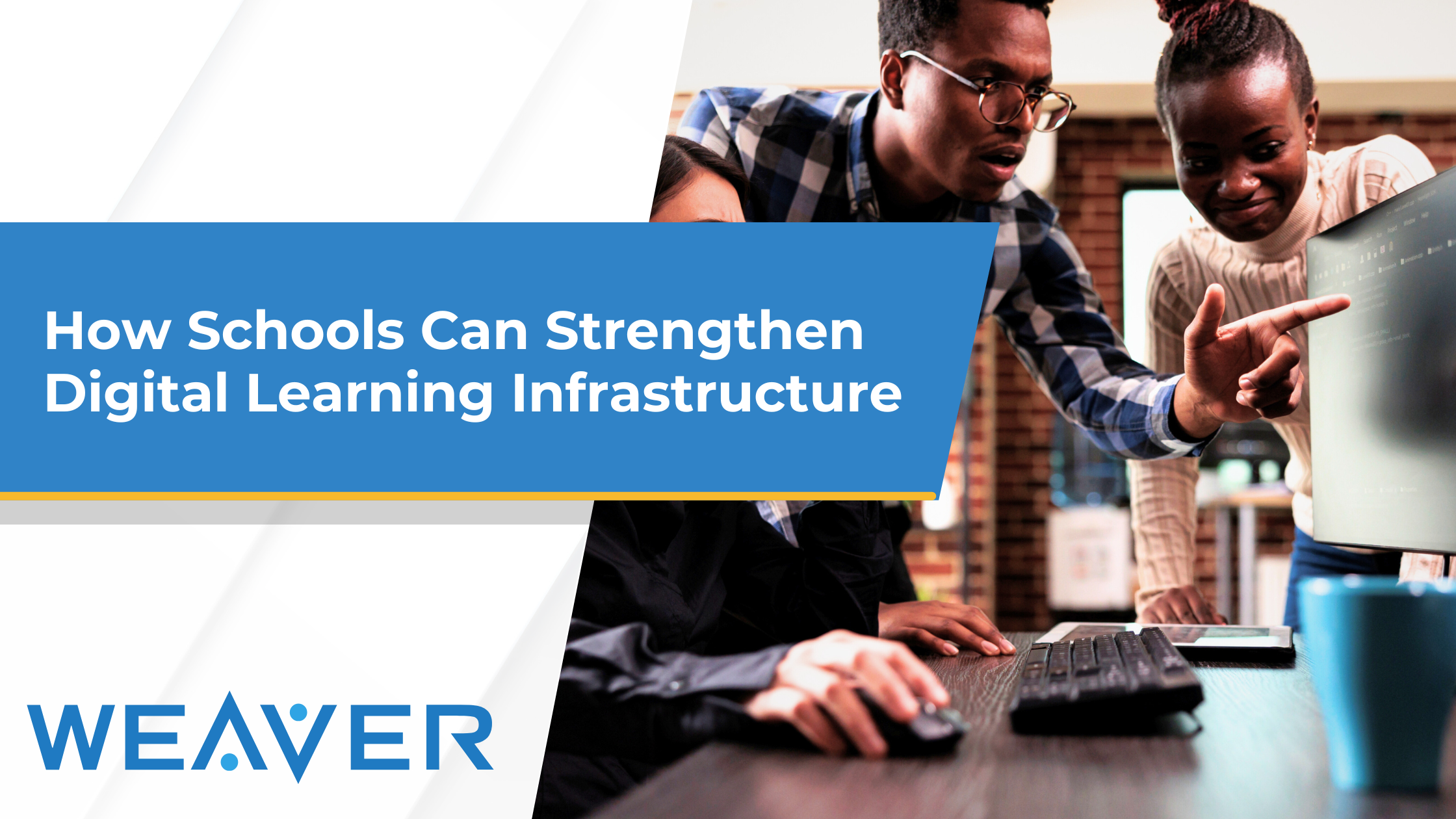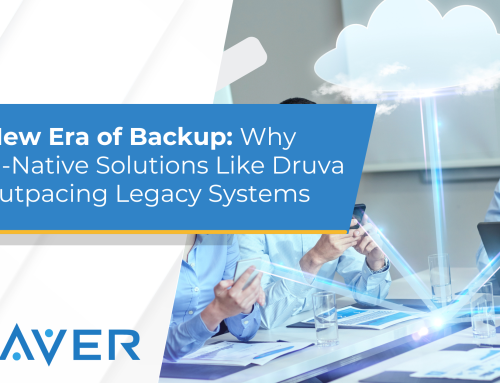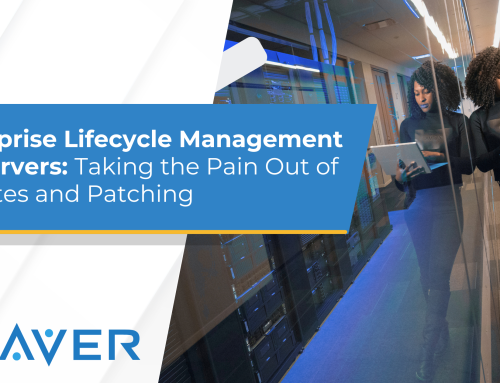Introduction
National Online Learning Day is more than just a celebration of virtual education—it’s a reminder that strong digital infrastructure is the foundation for student success. As K–12 schools and higher education institutions continue to expand their digital programs, the need for reliable, secure, and scalable IT systems has never been greater. Without the right infrastructure, online learning experiences can quickly turn into frustrations for students, teachers, and administrators alike.
So, how can schools build future-ready environments that support seamless digital learning? Let’s break it down.
The Core Pillars of Strong Digital Learning Infrastructure
1. Reliable and Scalable Networks
Digital learning depends on uninterrupted access to resources. Whether students are joining live classes, collaborating in real time, or accessing cloud-based tools, Wi-Fi reliability is critical. Schools need:
-
High-density wireless solutions (like Wi-Fi 6 and Wi-Fi 7) to handle growing device counts.
-
Scalable networks that can adapt to new technologies and increased bandwidth demands.
-
Redundant connections to minimize downtime and keep classrooms online.
2. Cybersecurity and Data Protection
With more digital tools comes more responsibility to protect sensitive student data. Strengthening cybersecurity isn’t optional—it’s essential. Schools should focus on:
-
Multi-factor authentication (MFA) and conditional access policies.
-
Next-generation firewalls and endpoint security.
-
Backup and disaster recovery solutions (such as Druva) to safeguard against ransomware and accidental data loss.
3. Cloud and Hybrid Learning Environments
Cloud platforms are reshaping how schools deliver instruction. But not all workloads need to be in the cloud—hybrid approaches often provide the best balance of cost, flexibility, and control. Schools should:
-
Evaluate which applications belong in the cloud versus on-premises.
-
Use virtual desktop infrastructure (VDI) for secure, scalable student access.
-
Build disaster recovery into cloud strategies to ensure business continuity.
4. Device Management and Classroom Tools
From laptops to tablets, student devices are the gateway to online learning. To keep them secure and effective, schools should:
-
Implement Microsoft Intune or similar endpoint management systems.
-
Standardize software policies for easier updates and patching.
-
Monitor device health to reduce disruptions in the classroom.
Why This Matters for National Online Learning Day
National Online Learning Day highlights how digital education breaks down barriers, creates new opportunities, and prepares students for a technology-driven future. By investing in infrastructure today, schools ensure that:
-
Students experience fewer connectivity issues.
-
Educators have confidence in the tools they use.
-
IT staff spend less time troubleshooting and more time innovating.
It’s about moving from reactive fixes to proactive, future-ready planning.
Weaver Technologies: Helping Schools Build Future-Ready IT
At Weaver Technologies, we specialize in helping schools and universities strengthen their digital learning environments. From network upgrades and cybersecurity assessments to backup and disaster recovery planning, we partner with educators to ensure that IT supports—not hinders—the learning experience.
We understand the challenges schools face: limited budgets, growing student populations, and evolving compliance requirements. That’s why our solutions are certified, custom, and agile, built to fit your unique needs.
Ready to Strengthen Your Digital Learning?
National Online Learning Day is the perfect time to evaluate your school’s digital learning infrastructure. Don’t wait until an outage, cyberattack, or compliance audit exposes the gaps.
👉 Contact Weaver Technologies today to schedule a consultation and learn how we can help your institution build a secure, scalable, and student-ready digital foundation.






